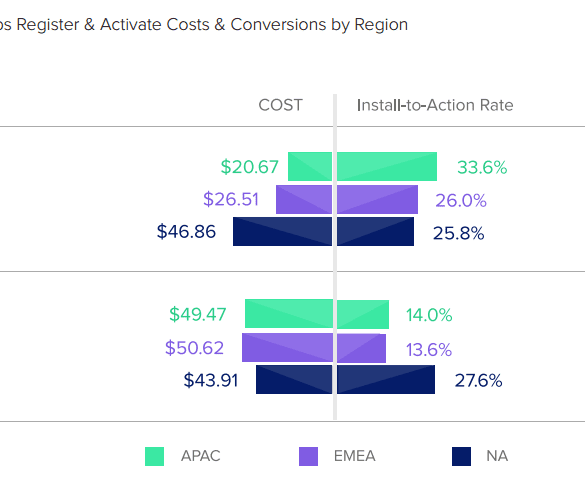I examine the unbelievable transformation and restructuring happening in high finance. Global bank HSBC is planning to lay off over 10% of staff, looking at reductions of 35,000. E*TRADE is being acquired by Morgan Stanley, integrating its 5,000,000 accounts and $360 billion of assets into the Wall Street investment firm. Legg Mason and its $800 billion of assets are being folded into Franklin Templeton for $4.5 billion, less than what Visa had paid for fintech data aggregator Plaid and half of what Robinhood is likely valued privately. How do we make sense of these developments? How do we appeal to the heart?
Digital wealth management fintech Wealthfront launched a high yield cash account in February and has already seen more than $1bn...
Online real estate lending platform PeerStreet has partnered with Wealthfront; PeerStreet will integrate with Wealthfront's Path offering; the integration has been facilitated by Quovo and will allow PeerStreet customers to view their PeerStreet investments holistically within their entire Wealthfront investment portfolio. Source
Robo advisors have quickly become a must have product for banks as they look to offer their customers comparable products...
Robo advisor Wealthfront has developed a solution that allows employees to trade accumulated shares of initial public offering stock through a platform called Selling Plan; targets employees of newly traded public companies and employees receiving stock options for compensation; employees can use Selling Plan for free to manage shares of their stock. Source
Wealthfront, a robo advisor, has launched Path, a new offering to aid in retirement planning; by connecting financial accounts, Path will analyze past behavior to ensure users are on the right track for retirement savings while also taking into consideration social security, inflation and investment returns; users can also modify settings such as savings to project changes to their financial situation; Path also helps users prioritize contributions and allocations to both Wealthfront and non-Wealthfront accounts taking into consideration tax advantaged accounts. Source
We’ve had this write-up in some various mental states floating around for a while, and better done than perfect. So treat this as a core idea to be fleshed out later.
Payments and banking companies should be looking at how people purchase and store digital goods and digital currency in video games. That experience has been polished over 40 years, and is what will be the default expectation for future generations.
For those interested, here is a website that collects user experiences of shopping across hundreds of designs.
The competition for deposits continues as Wealthfront has raised the interest rate on their cash account from 2.29% to 2.51%;...
What does the modern consumer want from their bank? According to Wealthfront they want less branches, more automation and a...
In news of cross-selling financial products across categories, roboadvisor Wealthfront has gathered a nifty $1 billion of deposit assets for its 2.29% interest-yielding non-bank cash account. Given that the firm has a little over $10 billion in managed investment assets, charges somewhere between 0 and 25 bps on those assets, and took years of wiggly pivoting to get to the current stage, it is fair to consider this influx a big win in terms of client traction. It is also $22 million of annual interest payments. A couple of things come to mind that are worth pulling apart.




